Pretty Passementerie
Chambord Tie back
For the last several years, I’ve been having a great time designing not just the look of the rooms in my clients’ homes, but some of the furniture and window treatments as well.
As we all know, it’s all about the details, and some special trims can make quite an elegant statement to really bring a piece together! My go-to sources for passementerie here in NYC are Samuel and Sons and Scalamandre.
Greek Key Braided Trim
Follies Tassels
The word Passement (edging), comes from an early French word for lace. Initially, trims were primarily used as decorative elements for high-end clothes. The French started a Passementer’s guild in the 16th century, which required seven years of apprenticeship!
scroll braid
And it’s no wonder it took so much time to master! Not only are some trims extremely intricate and ornamental, there are many, many different types of trims. (Scalamandre has over 98 web pages of trims alone, with 50 options per page!)
fragonard tassel fringe
Beehive cut fringe
Until the Industrial era, passementerie was hand-made. The French monopolized this industry, becoming the main exporters at the cheapest cost. Nevertheless, trims were cost-prohibitive and reserved for the aristocratic, religious, military, and royal classes to lend an air of distinction and opulence.
Tulip scroll braid
Bullion Fringe Angel Hair– you might recognize this on the sleeves of period military uniforms!
After the 18th century, with the simplification of clothing in couture and the mass-production of the Industrial revolution, passementerie became primarily used for Decorative elements in the home: Draperies, furniture, bed skirts, and linens all look fabulous with some luxe cording or some flirty tassels!
Beaded Fringe
Fancy Duchesse beaded fringe
Giverny cord
Trims are like the cherry on top of the sundae: they add the finishing touch and complete the look!
Papillon fringe
Have a wonderful weekend!
-GG

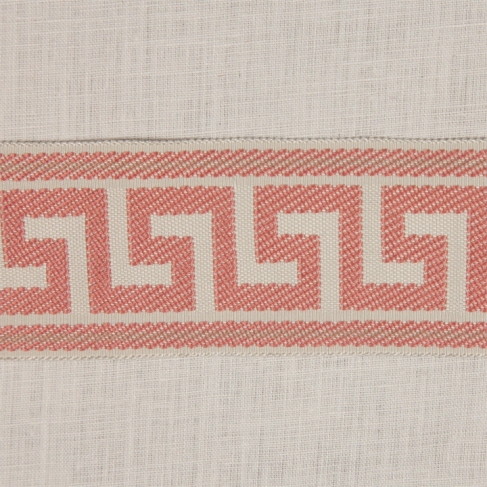

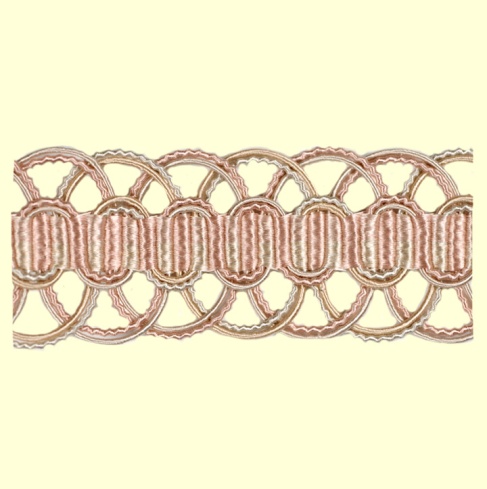




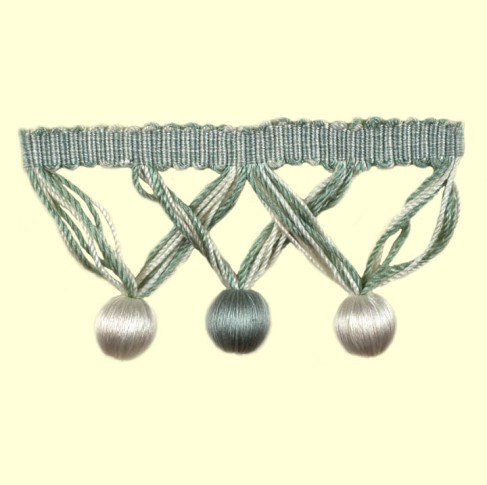
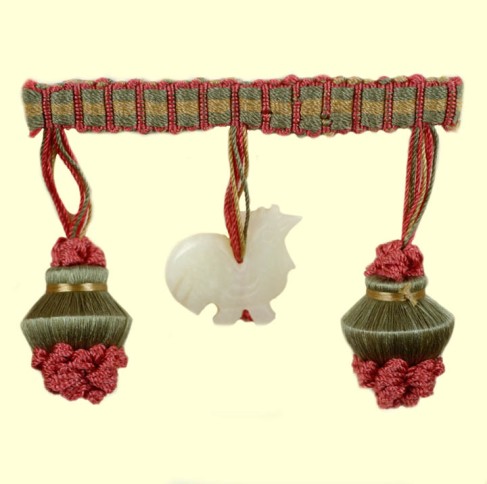
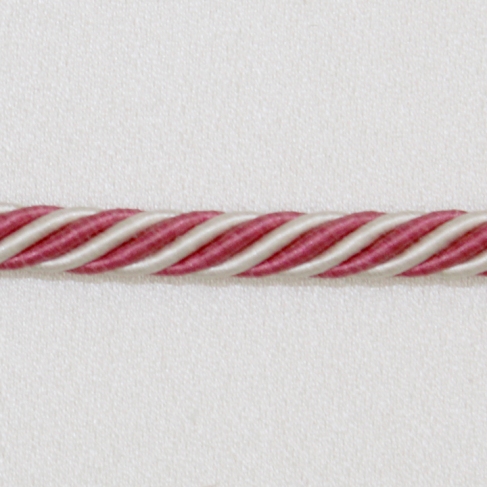



Leave a Reply